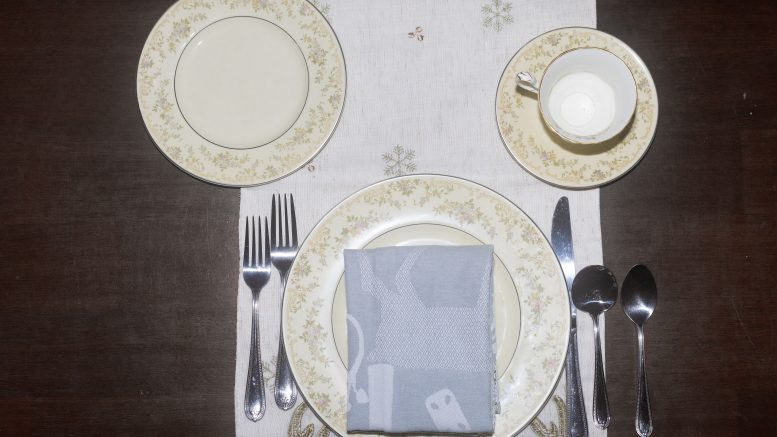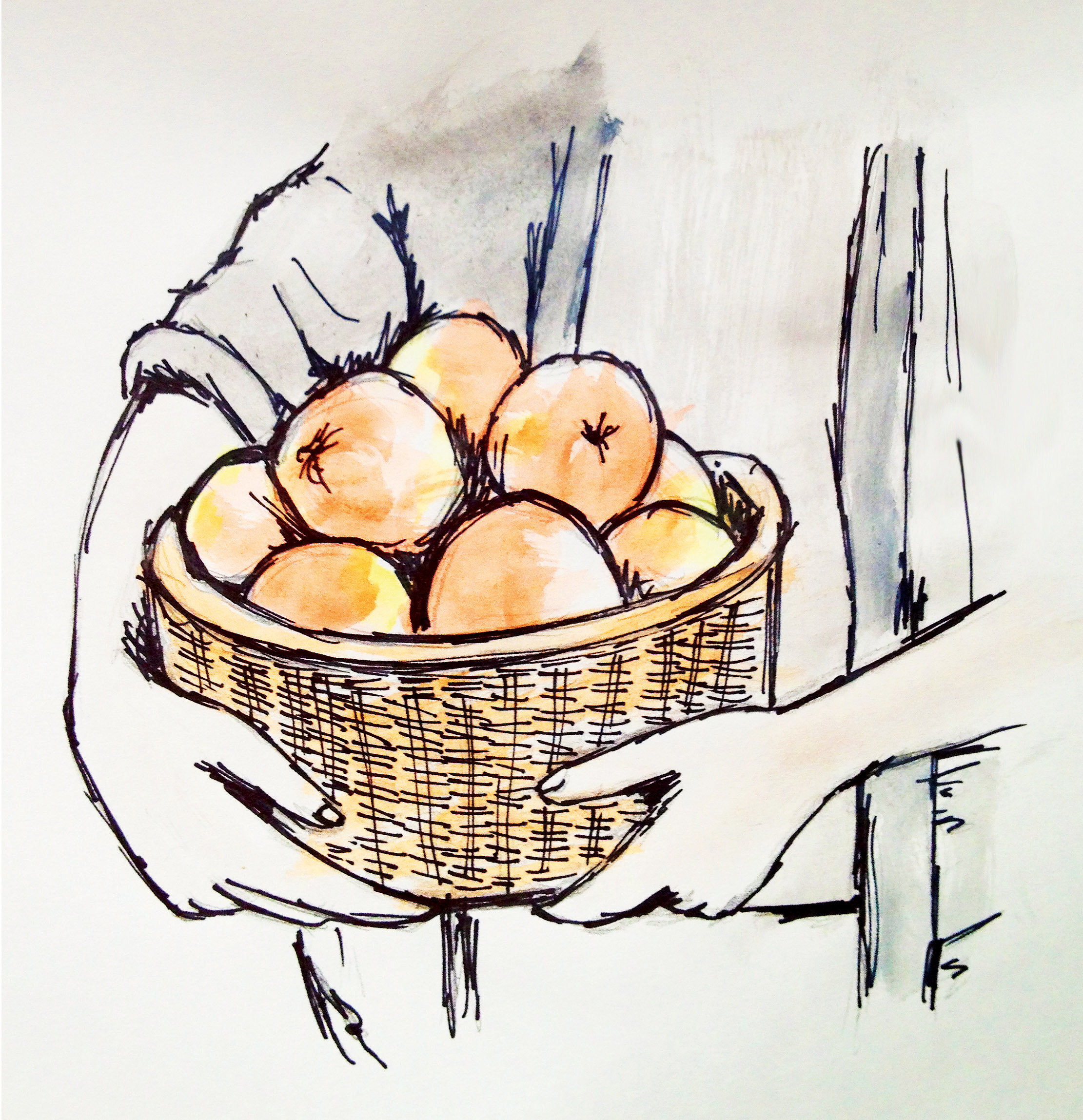I bought a bowl that looks like a plate recently. I can use it to serve a satisfying amount of pasta or some rice and sambar with long beans upperi.
Growing up, we rarely used glazed ceramic plates, bowls or fine china. Meals were served on stainless steel plates and bowls because we saved the expensive and pretty plates for the guests.
I jokingly said the other day that I was breaking my generational trauma by eating from a ceramic bowl that might fall through my butterfingers and break into a hundred pieces that no amount of Kintsugi could ever fix.
But that is okay, because I can buy off-season fall-themed tableware now. In a month, I’ll have my hands on Christmas-themed coffee cups marked down to half the price, replacing my current chipped cup.
I wasn’t always a bargain shopper. Certain precarious social conditions led me to become a bargain shopper. While that is not a complaint, the academic and tableware enthusiast in me are in constant conversation. One talks about consumerism and its forced relationship with seasons, while the other is just trying to cope with the chilly mornings and 4:30 p.m. sunsets by buying cute winter-themed candles.
As a previous part-time retail employee, I have enjoyed watching my co-workers roll out seasonal dinnerware, tablecloths and wine glasses. The novelty of it never dies. However, in a scenario where customers are careful about their spending in post-COVID-19 consumerist society, who are they targeting when they roll out seasonal items that are mostly decorative?
This question is relevant because those pastel bamboo bowls no one bought in summer, in a worst-case scenario, end up in a landfill. What creates this difficult scenario is obviously overproduction and consumerism.
Inflation and the rocketing price of groceries and rent have put consumers in a difficult position already, and consumer priority is generally going to be spending on necessities rather than on seasonal merchandise. The current market conditions have created an interest in bargain shopping, waiting for items to be marked down or waiting until the season ends.
And what is being done with those items that do not sell, even after they have been marked down?
There are a few things companies do with seasonal items that are left over. They could repackage it and sell it next year, put it on clearance or donate it. But a lot ends up in landfills too, unfortunately.
So, while it’s nice that we have more durable alternatives to extend the life of our precious belongings, we have to consider the cost that those alternatives come with when they’re destined to become trash. Cheap seasonal dinnerware isn’t made to be cherished, it’s made to be disposed of.
When I serve my pasta or long beans upperi, I want to do it using an object that lasts. My bowl that looks like a plate is no good to me if I’m expected to buy a replacement prematurely.





